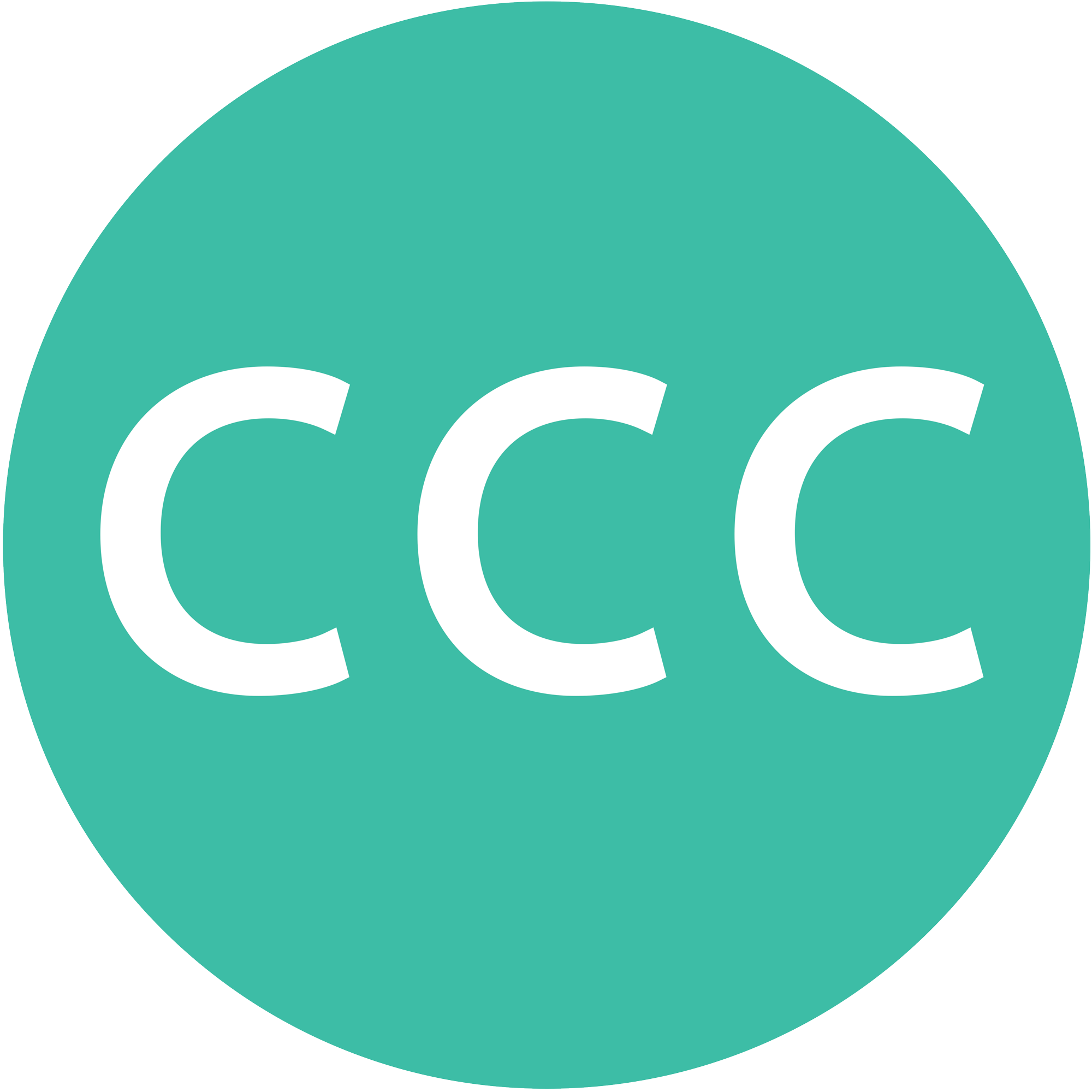Don’t ask me why I picked the last Tuesday of the month to send out my letter, but you may have noticed that I didn’t send one last month. We (CCC) had just hit the midpoint of this 30-month CCC project, and I was having conversations with a number of people about how CCC might best contribute to changing charitable giving culture going forward (and I missed my writing deadline). We basically decided to continue doing what we’re doing, although working much more closely with those pursuing both charitable and tax reform legislative solutions.
What does “continue doing” mean? The Crisis Charitable Commitment was launched 15 months ago on Bastille Day, July 14, 2020. Phase I, proof of concept, is complete: The CCC has played an important role in ramping up discussion of “how much” wealthy donors should be expected to give, landing 10 op-eds in publications including the LA Times, Daily News, The Hill and Fortune. CCC also has been featured in numerous news stories, and we have directly raised the “how much” question with hundreds of philanthropists. Moreover, CCC comprises more than 100 wealthy donors and foundations who gave more than $600 million to nonprofits in 2020 (including more than $150 million each to racial justice and democracy). More than half of this 2020 giving represents funds that nonprofits wouldn’t have had if these donors were locked into historical charitable giving patterns.
Phase II is enlisting more signatories (with your help) and getting the word out: We’re in a crisis and we need to do more! I assume most of you share my frustration that after putting our hearts, souls and money into a democratic election, the democracy crisis remains, perhaps even closer to the plutocratic precipice. Same goes for wealth inequality, whether it be among individuals or foundations. The top 0.1% of households are sitting on about $15 trillion (as a reminder, that’s 15 plus 12 zeroes), about 10% of total household net worth, while among the 99,000 non-operating private foundations, less than 0.1% (90) have 40% of all the assets.
As I’ve frequently written, what is galling about this hoarding of wealth is that it is taxpayer-supported, whether it be via tax loopholes or misguided charitable regulations. I finally got around to listening to Rob Reich’s excellent book, Just Giving. He makes a powerful case that our system of charitable tax deductions is a huge mistake, what he calls the “plutocratic bias of tax deductibility.” He argues for a tax credit to replace a tax deduction, so that we avoid the absurd result that for the same size contribution, the rich person gets a tax benefit considerably greater than others, when, of course, the less well-off person is actually making a greater sacrifice.
If it’s true that those in the 0.1% have “enough,” then it’s debatable why they should even get a tax deduction for being charitable. Whereas, we do have to shore up the charitable giving of the other 99.9%. The percent of people who give to charity is at an all-time low. How ironic it is that some very large foundations that have been hoarding their wealth have funded the Generosity Commission to increase charitable giving by the middle class!
We’re coming to the end of another Giving Tuesday, where the less-than-0.1% in the U.S. might give as much as $2.5 billion to charity, equal to about 0.05% of the net worth of this country’s billionaires. I commented on this high holy day last year–“Giving Tuesday Is Not For Everyone, or, Oliver Twist Meets #GiviingTuesday”–and I wouldn’t change a word other than dramatically increasing the amount of money held by rich individuals and foundations.
For those of you who have or will (30 more days!) meet the CCC’s Charitable Standard, please add your name to our list of influencers.
